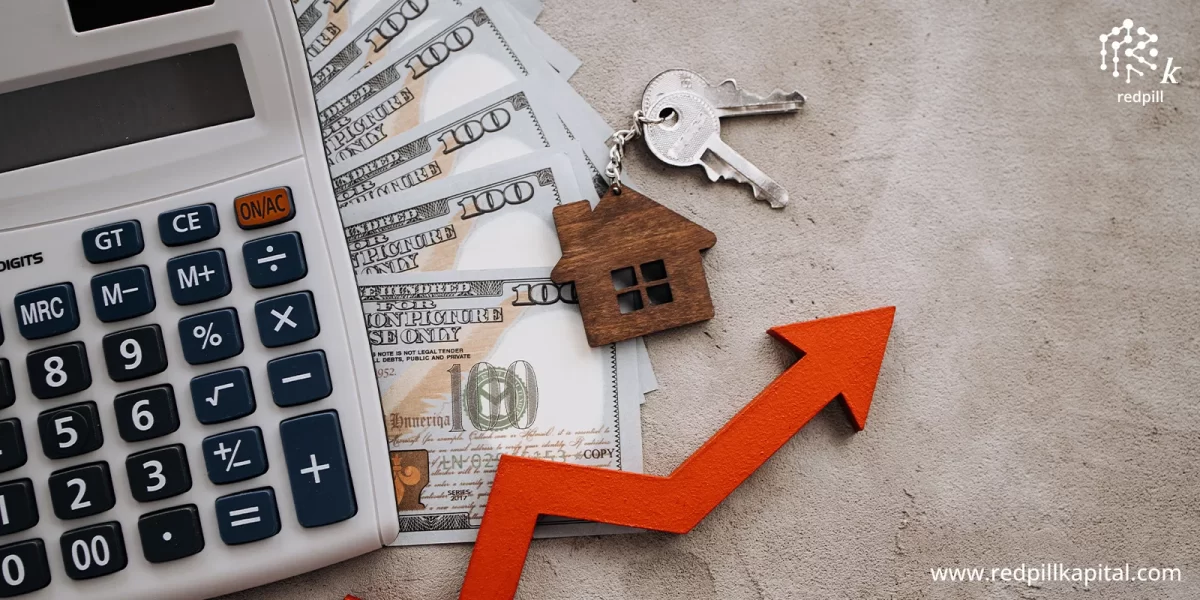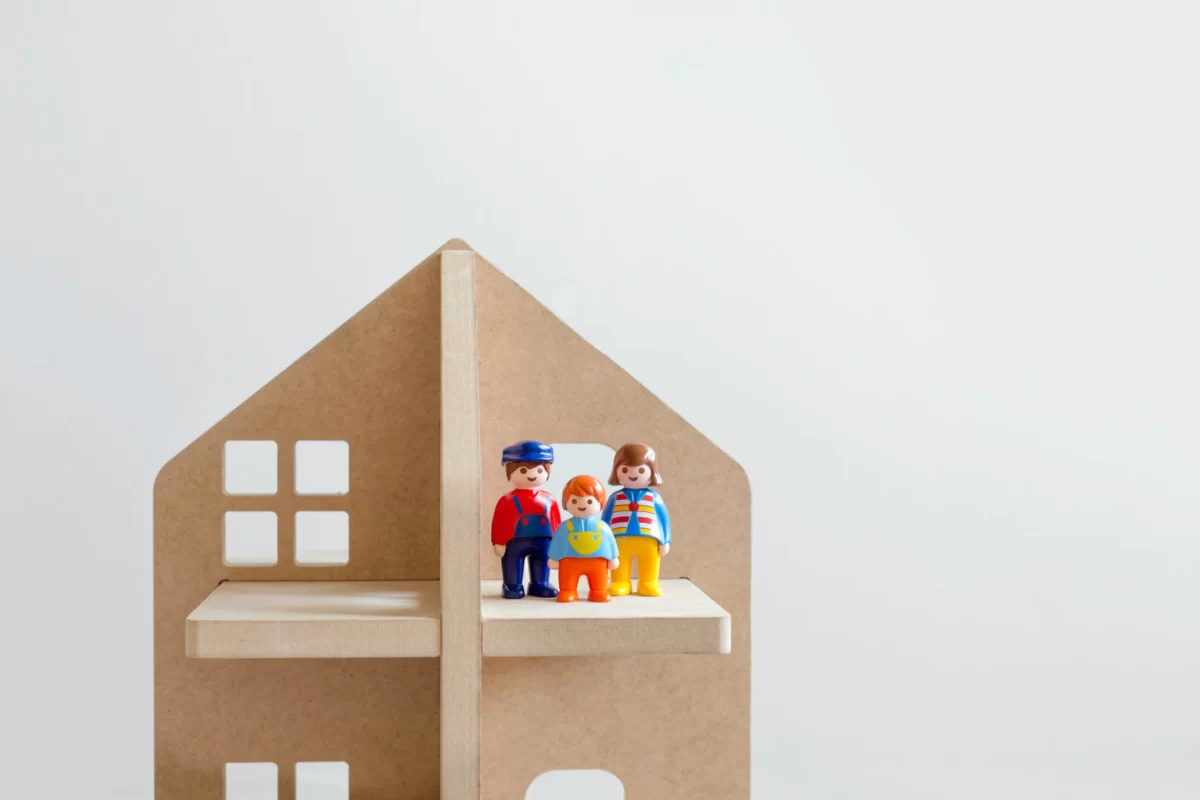As your real estate business grows, relying on a bare-bones spreadsheet to record business dealings won’t cut it anymore. While spreadsheets might barely get the job done, they don’t have the capabilities to help you track hundreds or thousands of clients, prospects, and listings. That’s why 91% of firms with more than 11 workers use CRM software.
Real estate-friendly CRM can help you improve customer care, lead conversion, and sales. Hardly surprising, considering 74% of companies said utilizing their CRM improved access to customer data. The key takeaway here is to make correct use of real estate CRM. How do you do that? That’s what we’re here to find out, so keep reading.
Top 8 Effective Usage Of Real Estate CRM
1. Track Clients
With a CRM, you can organize your client data and all relevant information about each customer in one place. It makes it easier to find their information at any time, including phone numbers or email addresses. That allows you to gain a 360-degree overview of every customer.
By tracking customers, you can gain more leads as tracking assists in identifying trends, planning for future listings or purchases, and identifying potential customers.
CRM software is particularly effective at this, helping track a target audience’s journey across devices and platforms, highlighting their interactions and purchases. That will help you pinpoint what works and what doesn’t so you can target your marketing effort more precisely.
It is the key to understanding and capturing valuable data about a customer, so you can better understand the customer and create a better customer experience.
2. Remind Prospects Without Hassle
The best CRM software will allow you to remind prospects without difficulty. All you have to do is select a batch of specific customers and send a particular message relevant to them with the click of a button.
It means you can send out helpful information and updates about your services or properties without spending hours on the phone or computer.
3. Economical Means Of Marketing
Real estate CRM allows you to target specific groups of people with customized messages based on their demographics, interests, and past purchases.
It means your target audience is more likely to click on your online ads as they are more relevant than the generic ones they would typically see from other real estate agents.
Such targeted ads mean you would only advertise on fewer websites and fewer times. That will bring down your advertising costs and land you more leads than generalized ads.
4. Schedule Appointments Effectively
Real estate CRMs can help automate the process of scheduling client appointments. You can set up an automated calendar so that when you have a new client, the CRM will automatically schedule an appointment.
You won’t have to worry about forgetting to schedule an appointment or double-booking. And if there’s ever any confusion about where a client needs to go or what they need to bring with them, the system will remind you.
5. Sealing Deals
A CRM helps you seal deals faster and easier. With a CRM, you have a centralized platform to keep track of all the essential information about your clients — their likes, dislikes, hobbies, birthdays, and children’s names.
That makes it easy to tailor your pitch when you meet them again for the next deal.
6. Enhance Customer Retention
Real estate CRMs improve retention by helping agents stay in touch with clients after closing a sale or purchase. The system lets you track previous customers’ complaints and suggestions. These will help you improve service delivery, hence keeping customers.
The automated emails feature also allows agents to send personalized messages at specific intervals, such as after each showing or when someone visits a new listing on their website. It helps maintain a consistent connection between agent and client over time.
7. Centralized Platform For Data Storage
Real estate CRM software provides a centralized platform where you can store all your data. It means you can view, analyze and manage all your clients and properties in one place, which saves you time and money.
You can access your information from any device with an internet connection, so there’s no need to carry binders or folders full of paper records.
8. Improves Productivity
Real Estate CRM helps agents increase productivity by automating repetitive tasks like follow-up calls and emails, scheduling appointments, and generating reports on time spent working with each client.
It allows agents to spend more time on high-value activities such as prospecting for new business or finding ways to improve their processes.
Real Estate-Friendly CRM Software
Some of the top CRM tools available include:
I) Podio
Podio is a top recommendation for anyone looking for a basic CRM solution. It has all the essential functionality you need: contact management, scheduling calendars, email campaigns, and drip marketing tools.
Ii) InvestorFUSE
InvestorFUSE is among the best CRM software on the market today. It has an intuitive and easy-to-use interface for efficient and effective team supervision—a smart choice for anyone who needs to manage their contacts and leads.
Iii) FreedomSoft
FreedomSoft allows users to create relationships with their customers based on how they communicate with each other—via email, phone calls, or social media. The CRM also offers advanced analytics and data mining to see what customers say about your brand online.
Iv) REI BlackBook
REI BlackBook integrates seamlessly with other apps like Google Analytics so that you can keep track of all your customer information in one place.
Final Thought
CRM software is essential for any real estate company looking to provide the best customer experience possible. As you know, the real estate industry is constantly changing, and the best way to stay competitive is to keep up with these changes.
CRM software allows you to provide a central location where you can store and access customer data anytime. It means you’ll never have to worry about losing track of important information about your clients or forgetting their needs as they change over time.
CRM software also helps you streamline your business processes, so you spend less time on manual tasks and more time doing what matters most: assisting customers in finding their perfect home.
Interested in exploring Real Estate Opportunities? Get in touch with us.
www.redpillkapital.com
If you simply need more information. have questions, or want to discuss a specific deal, I’m always excited to help. Reach out to me at info@redpillkapital.com
If you are ready to start your journey to financial freedom but want specific additional educational materials, we have a course designed for physicians.

















